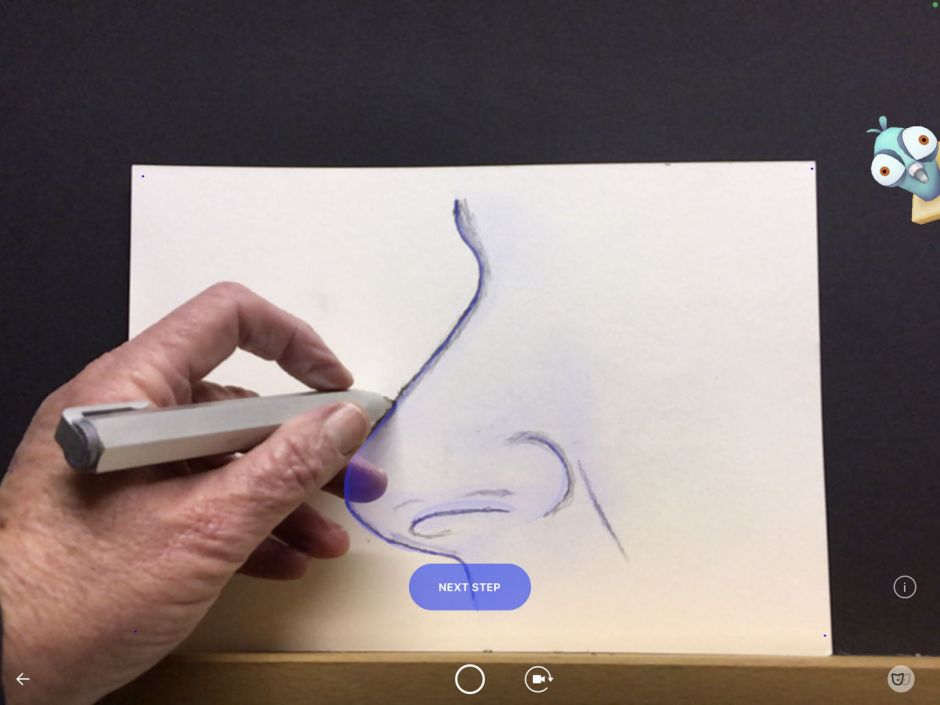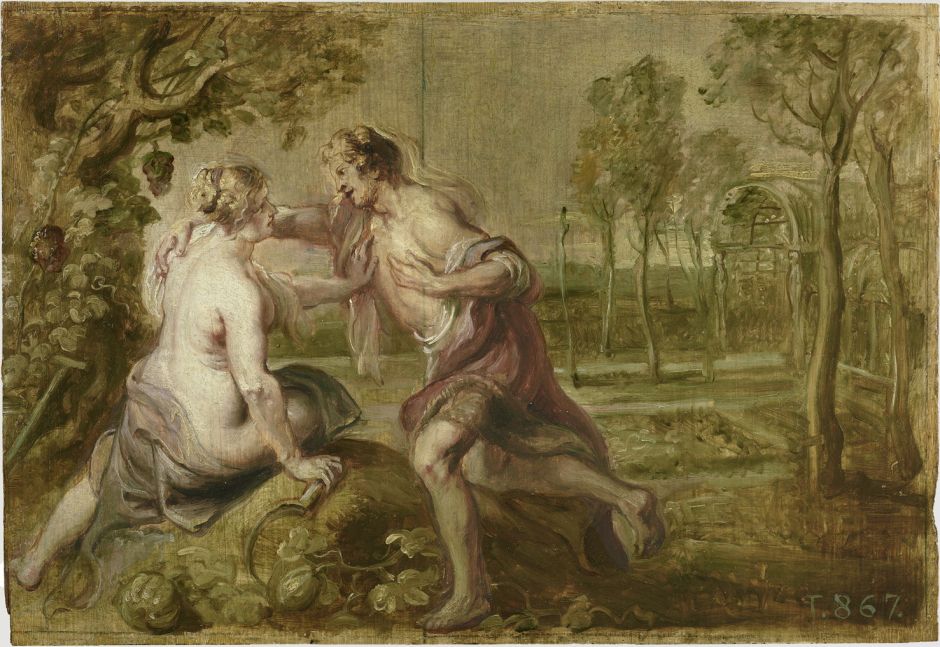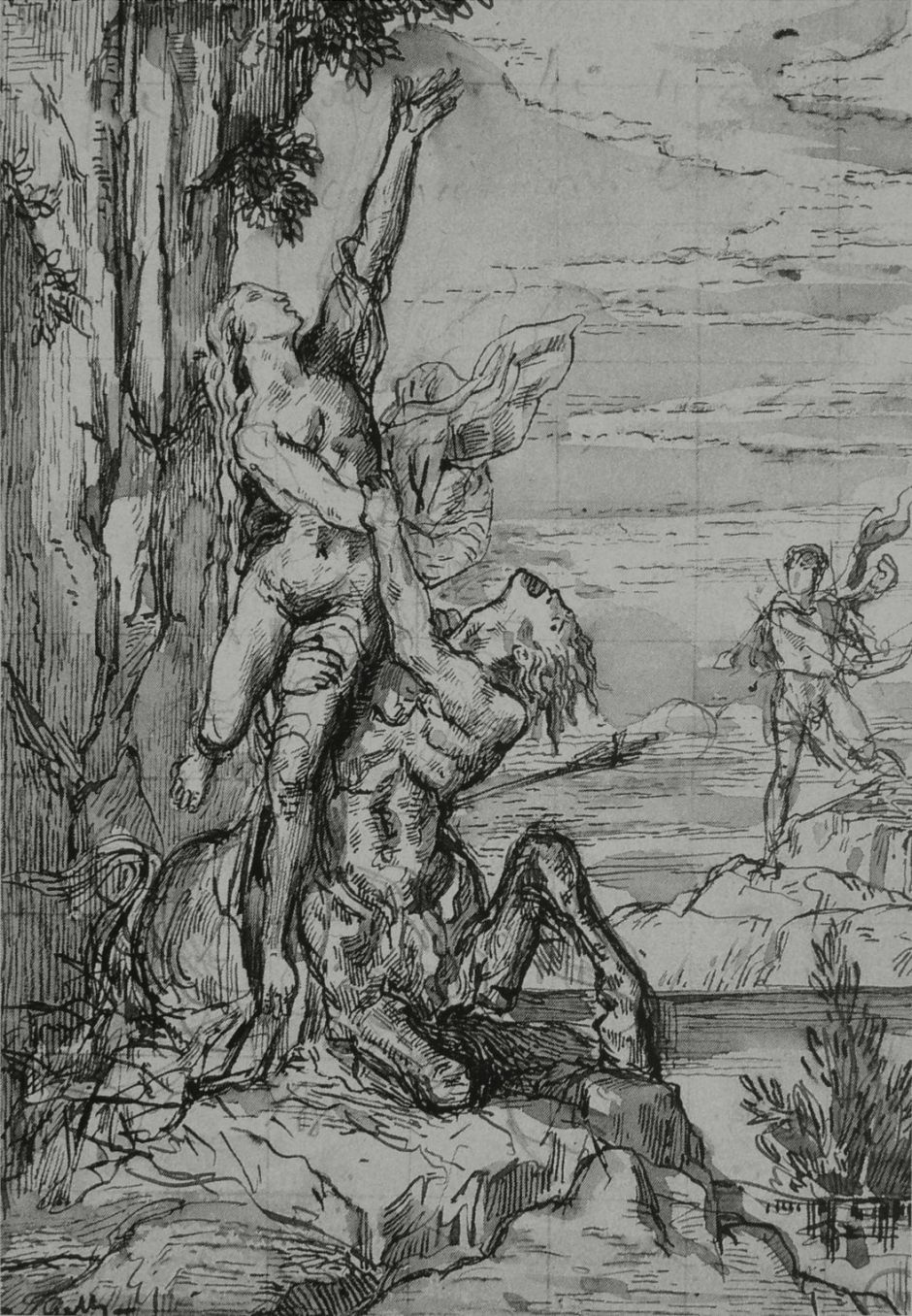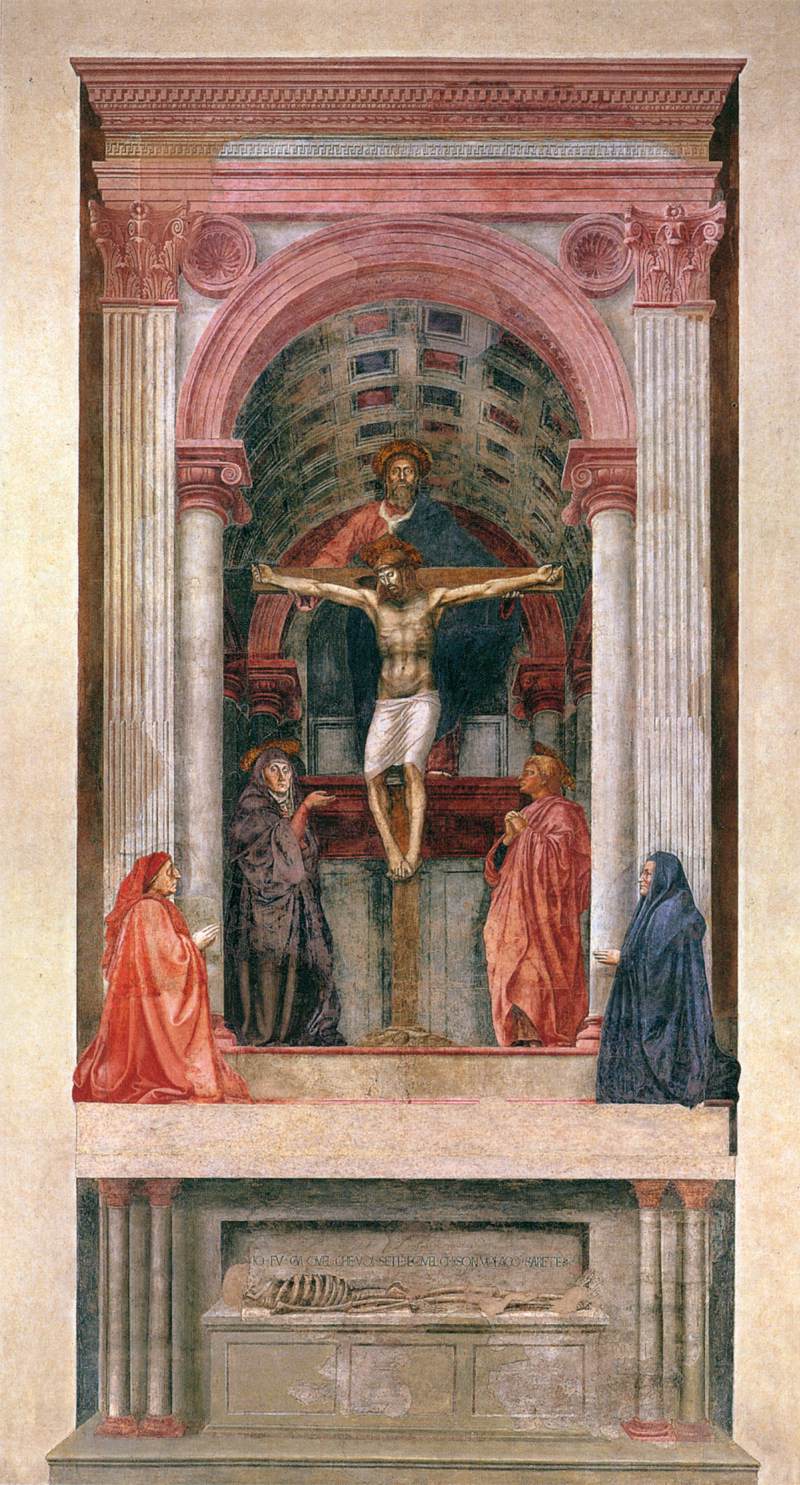Over the last week and more, I’ve been looking at the use of Augmented Reality (AR) as a means of learning to draw. You can read more about that in a future issue of the print magazine MacFormat, but it turned my thoughts to the use of aids in painting, and how they affect the art in paintings. This (long) weekend, I’m going to look at some of the issues involved in how much of painting is truly creative and artistic, and how much is the craft of reproduction in paint.

Depending on how you view the painted image, among its fundamental constituents are form and colour. AR seeks to train people to reproduce form by making marks following a virtual image which it integrates with the real image of your drawing. It’s the latest in a succession of techniques and devices which project images onto the surface being painted. Predecessors include the camera obscura, photographic techniques, and projectors. Although each has been widely used in its time, there’s always been the implication that they’re cheating, and undermine art.
In this first of these three articles, I therefore examine the creative process used by one of the great Renaissance painters in making one of his greatest works: Masaccio’s Holy Trinity, a huge trompe l’oeil fresco which he painted in around 1426-8.
The start of a painting like this will have been quick line sketches to decide on the overall form and composition.

This is an example from the early development of Auguste Renoir’s Judgement of Paris. This is when the artist starts to express their mental image in recognisable figures and objects.

Renoir progressed that into this chalk sketch which tests out composition.
In Masaccio’s case, there was another major requirement of linear perspective projection. It’s most likely that Filippo Brunelleschi, the ‘inventor’ of modern linear perspective projection, worked with the artist to accomplish this daunting task using geometry. As this had only been discovered a few years earlier, Masaccio had no other credible source of information.

At this stage, for a painting in oils, the artist is likely to have made some oil sketches, which bring different compositional strategies to life. This example is one of Peter Paul Rubens, of Vertumnus and Pomona (1636).

In addition to his formal geometric composition, Masaccio would most probably have completed a final study to use as the basis for other details. This is traditionally squared up to facilitate scaling up to full size, as has already been done in Gustave Moreau’s pen and ink drawing of The Abduction of Deianeira.
He would also have made a preliminary plan for the painting. Because buon fresco is painted into fresh, wet plaster, the artist can only plaster and paint a certain area each day – known in Italian as the giornata, a day’s work. Before starting to paint, Masaccio should have evolved a plan of the painting campaign, which starts at the top and works downwards.
Once ready to start the painting, a team of carpenters will have erected wooden scaffolding to give Masaccio and his assistants access to the whole of that section of the wall, to the full height of over six metres (21 feet). Masaccio is likely to have taken considerable interest in this: he was going to be working at sufficient height that any failure of the scaffolding would be likely to result in his serious injury or death. A surprising number of fresco painters did indeed fall from or with their scaffolding and suffer the consequences.
The first stage would have been completed by assistants, who laid a rough underlayer of plaster known as the arriccio over the whole wall, and left it to dry for several days. This layer often contains abrasive sand particles to provide a key for the final layer of plaster.
Once that had dried completely, Masaccio and his assistants transferred the drawings onto the surface of the arriccio. This may have been performed by scaling up from the squared drawing and painting using a red pigment sinopia, or full-size drawings may have been pricked to make holes in the paper and a bag of soot banged against that paper when held against the wall – a technique known as pouncing. Masaccio is known to have used both techniques, and may well have used each in different sections of this work.
On each day of painting, assistants would prepare the colours by mixing pigments in water. That day’s supply of plaster, the intonaco (meaning plaster), is then prepared by mixing water with lime. That day’s giornata is covered with a thin layer of intonaco, and about an hour later Masaccio started painting into it. He then had about eight hours before the intonaco dried and he could apply no more fresh paint.
Like many of the best fresco painters, Masaccio extended his painting time by using paint mixed with milk or casein and a little lime – effectively a lime-based casein paint – which could be laid onto dry intonaco.
The geometric requirements of this painting also merited special measures. When the intonaco was first applied, it was marked to indicate key construction lines, such as those in the barrel-vaulted ceiling, and down the pillars at the side. The remains of these incised lines are still visible when the fresco is viewed in raking light. In this case, there is evidence that Masaccio used lengths of string attached to a nail sunk at the vanishing point of the linear projection, below the base of the cross.

During the conservation work and movement of Masaccio’s painting in the 1950s, the opportunity was taken to study its construction. Leonetto Tintori drew up a plan of all the identified construction lines and edges of giornate; I have sketched in the latter from a reproduction of a drawing made at that time, which has since been destroyed.
It’s estimated that the whole painting would have required some 24 giornate, although because of the long history of damage and attempts at its restoration, that number must remain flexible. Assuming that Masaccio painted six days a week, that would have required a minimum of four weeks working for at least ten hours each day. Fresco painting doesn’t permit easy alterations: if any repainting was required and couldn’t be accomplished using dry technique, that day’s giornata would have to be removed, replaced and repainted.

The end result is one of the masterpieces of the European canon: a seamless combination of trompe l’oeil, religious devotional art, the first showpiece of linear perspective projection, with a touch of mystery in the false tomb at its foot. But its greatest artistic input was surely in arriving at the final study, before craftsmanship took over to transfer that into this huge painting.
In tomorrow’s sequel, I’ll look at different processes used to transfer the artistic vision into the reality of paint.

